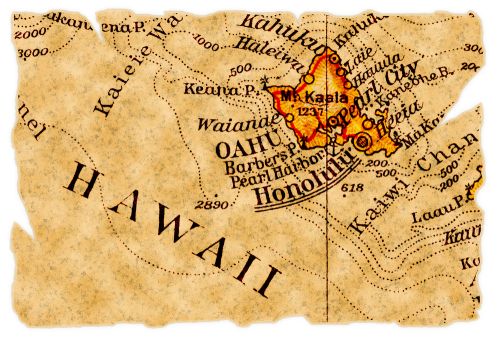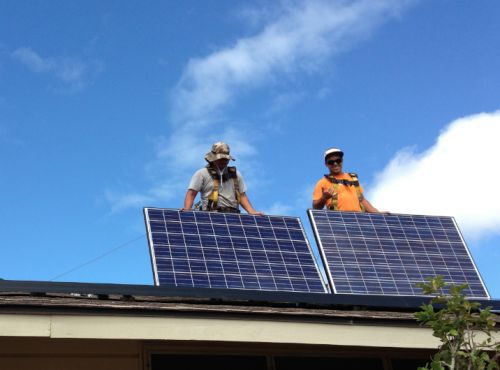Yeah I feel like your rate structure is what @
dabreutx has under PG&E where he has "E-1X". This is a tiered rate plan, but the NEM generation/usage is based on monthly performance in the tiered bands. There isn't TOU, or an annual true up. So he's able to take full advantage of PG&E as the "remote ESS" without any penalty because all he has to do is use solar to reduce his total monthly energy use regardless of when that energy is used.
One thing that I can't quite understand is why more homeowners who bought solar in like 2015 aren't showing monster increases to their PG&E bills as their rate structures get amended to the new TOU plans. Like maybe those people just don't know where to post, but I don't see how someone could have gotten solar under plans like yours; then somehow not see mega spikes in annual true up bills once they shift over to TOU plans.
Like my neighbor behind me saw a big spike, but he kind of just doesn't care? Maybe that's really what is happening? That solar customers were always kind of wealthy so a $1,000 surprise isn't really cringe worthy to the extent it ever becomes something the public is aware of?
I hope you wrote your local congressperson to oppose that AB1139... if that passes without major revision your old NEM/Tariff/Rate structure gets wiped out and replaced with whatever is in place at that time.
I did, but I dont think it is going to help ( I dont have much faith in stuff like that making a difference).
Those 2015 customers you mention (like me) are probably still on their tiered rates, so havent experienced the shift. PTO on my system was early 2016. I got an EV in dec of 2018, and was trying to figure out would switching to "the EV rate" be better for me. I looked at it for a couple of months (because the online modeling doesnt work for my account, I guess since its under NEM), then called SCE.
I got someone helpful in the energy department who went over it with me, and they said "if I were you, I would just keep your tiered rate since you can. If you switch off it, you wont be able to go back". I still thank my lucky stars I got someone who was both knowledgeable, and honest, when I called in about it.
For full disclosure, during a "regular" year (so not 2020), my commute to work is such that, I use about 22-25kW of energy daily driving my model 3 to work and back (80 mile round trip). That means my EV alone uses about the same amount of energy my house uses on a daily basis (home uses 23-30kW a day, depending on if laundry is done, etc).
So, my EV doubled my weekday usage, and it was STILL much (much) better for me to be on a tiered rate than a TOU rate, because I had previously sized my solar such that it was like 120% of my yearly usage, because i told them I was going to get an EV. Powerwalls never made sense to me under my Electricity plan, but go through a couple of PSPS events and then "what makes sense" changes (lmao).
Luckily, adding powerwalls did not change my plan, although a specific box on the application needed to be checked, and my tesla advisor did not check it (which would have moved me to another plan, and they wouldnt have let me go back). I had to stay on top of them to correct it. Lucky for me, the NEM agreement needed my electronic signature and I wouldnt sign it till I was sure it was correct.
Even though I would like to get more solar as I would like to swap my wifes ICE car for an EV, getting more solar would force me off this plan, so I likely wont do it unless they tear up my agreement like they are trying to do.




